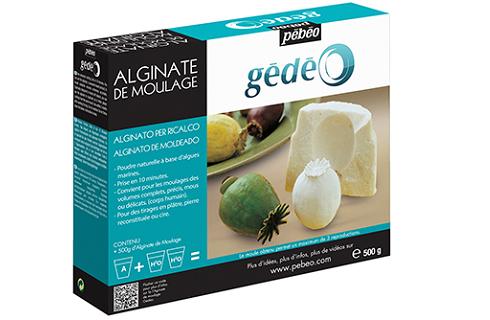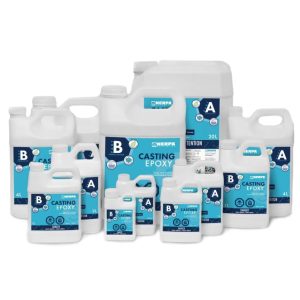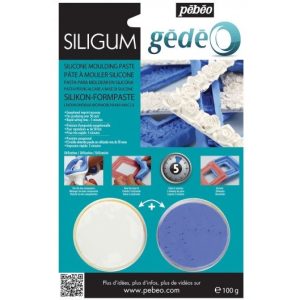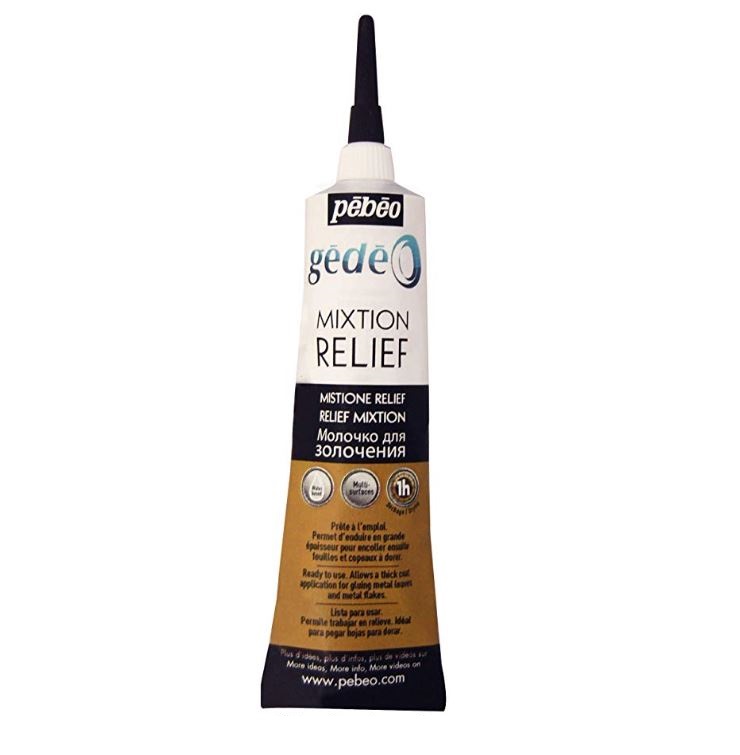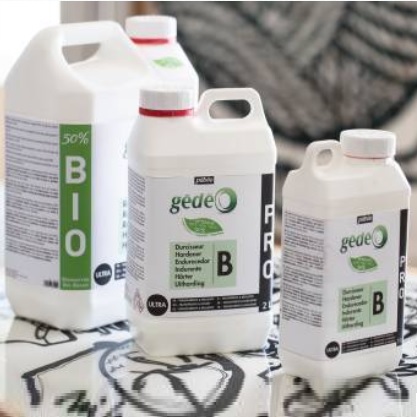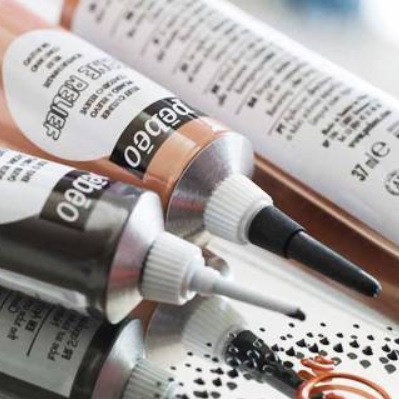Description
Pebeo Mouling Alginate
Pebeo Sodium Alginate is a natural seaweed-based powder. It is suitable for molding complete items, soft or delicate objects or the human body. For use by adult beginners and enthusiasts.
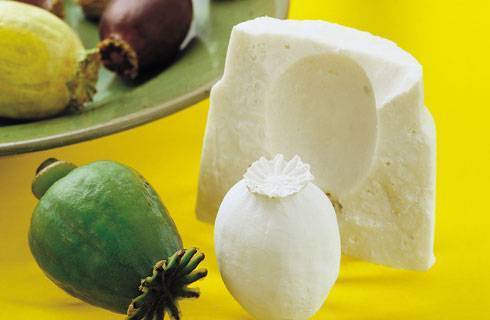
Sodium Alginate Instructions:
- Set the object to be molded into the bottom of the glass with a small piece of plasticine. Make sure that the object is not touching the sides of the glass. Pour a measure of alginate into a container, amounting to about half of the casing. Pour two measures of water onto the powder and mix thoroughly for one minute. Don’t worry if any lumps form, as this won’t affect your mould in any way. Pour the mixture over the object.
- Wait 5 to 10 minutes for the preparation to set: It needs to stay flexible, but should be about as firm as jelly. Slide a knife in between the edge of the glass and the mould, to create a kind of suction effect. Remove the alginate mould from the casing and pull out the plasticine from the bottom. Cut the alginate mould open lengthways, making sure not to damage the object.
- Pierce the bottom of the plastic glass using the cutter. Place the two parts of the mould side by side in the casing. Turn the glass over, with the hole in the bottom facing you. Prepare and pour plaster into the mould through the opening created in the plasticine. Wait for half an hour for the plaster to dry, then remove the alginate mould once again from its casing. Separate the two parts once again and remove the plaster. Sand lightly with sandpaper if necessary. Repeating the operation, you can use the mould a maximum of three times.
For prints in plaster, reconstituted stone or wax.
Tips:
- Before using the alginate powder, pour it into an airtight container and shake vigorously. Once the powder has been aired it will be harder for lumps to form.
- To let the bubbles out, tap the container on a table for 30 seconds.
- You can use a shaker.
- The mixture sets quicker with hot water, and slower with cold water.
- It’s possible to make a mould by stamping. Decrease the amount of water slightly and apply the preparation onto the object when it begins to thicken.
- To make a custom mould, cut a strip of semi-rigid plastic film of the height you require and form a cylinder. Secure it with tape. Place this cylinder onto a smooth surface and seal the joint to the modelling clay.

